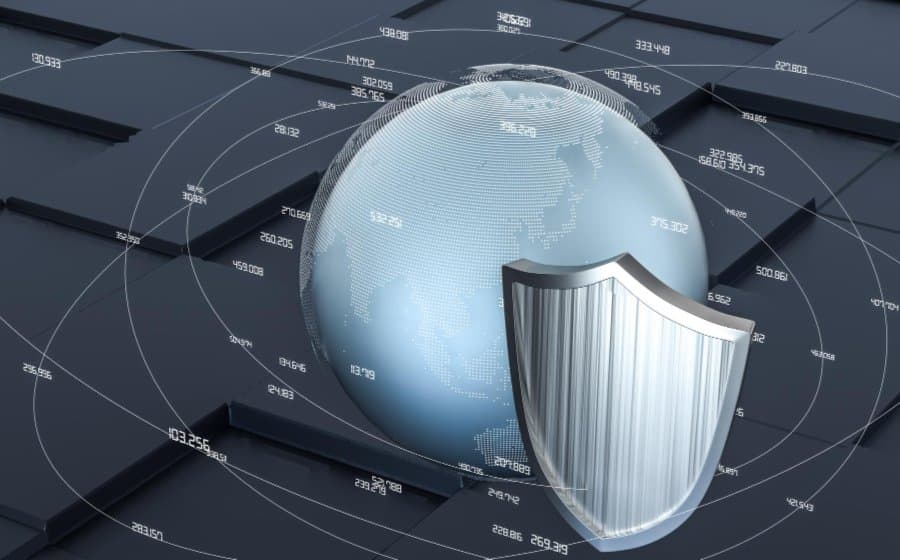Email remains a cornerstone of business communication but also a primary vector for cyber threats like spam, phishing, malware, and data breaches. As cyber threats evolve, so too must our defenses. This brings us to the critical question: What makes an effective email security tech stack? Let’s discuss these 10 layers of a comprehensive email security stack that outlines the essential components of an email security strategy designed to safeguard your organization's digital communication.

Understanding the Email Security Tech Stack
An effective email security tech stack is not a one-size-fits-all solution but a multi-layered defense mechanism tailored to address various vulnerabilities and attack vectors. Here are the key components that form the backbone of a robust email security strategy:
1. Spam Filters: The First Line of Defense
Spam filters are crucial in blocking unsolicited bulk emails. By leveraging algorithms and databases that recognize spam characteristics and employing machine learning, these filters constantly adapt to new spamming techniques, keeping unwanted emails at bay. For a deeper dive, check out Abusix, a treasure trove of insights on combating spam.
2. Phishing Protection
Phishing attacks, designed to steal sensitive information, are increasingly sophisticated. Protection mechanisms include URL analysis, domain authentication checks (such as SPF, DKIM, DMARC), and machine learning to identify and quarantine suspicious emails. Tools specializing in phishing protection, like PhishTank, use advanced URL analysis and domain authentication checks to keep these wolves at bay.
3. Blocking Malicious Software
With the rise of malware and ransomware, it's vital to have defenses in place that can detect and block malicious attachments or links. Techniques like signature-based detection, sandboxing, and heuristic analysis are employed to protect against these threats. Websites like Malwarebytes provide invaluable resources on staying protected.
4. Securing Sensitive Information by Data Loss Prevention (DLP)
DLP technologies prevent the unauthorized transmission of sensitive data. By scanning emails and attachments for confidential information and enforcing policies such as blocking or encrypting emails, DLP plays a critical role in data protection. The DLP guide from CSO Online offers a comprehensive look into these systems.
5. Ensuring Email Confidentiality
Encrypting emails both in transit and at rest ensures that sensitive information remains confidential, accessible only to intended recipients. Encryption is a fundamental aspect of a secure email strategy.
6. Verifying Sender Identity
To combat spoofing and impersonation, email authentication protocols like SPF, DKIM, and DMARC are essential. They help verify that emails are genuinely from their claimed source, enhancing trust in digital communication. DMARC.org offers a wealth of knowledge on these protocols.
7. Staying Ahead of Threats
Integrating with platforms that share real-time threat intelligence allows email security systems to preemptively block attacks from known malicious actors, thereby enhancing overall security posture.
8. User Training and Awareness
Educating users on the risks associated with email threats and secure practices is invaluable. Regular training and simulated phishing campaigns can significantly reduce the risk of successful attacks. KnowBe4 specializes in user training for cybersecurity.
9. Archiving and Backup
For compliance, legal, or operational reasons, securely archiving emails is a necessity. This ensures that emails can be retrieved when needed while maintaining their integrity and confidentiality. Barracuda offers solutions tailored for these needs.
10. Responding and Managing Security Incidents
Effective tools for reporting suspicious emails and automated incident response processes are crucial for quickly containing and analyzing security incidents, minimizing potential damage. Usually, companies use SIEM or SOAR technologies, depending on the complexity of your environment as well as the size of the organization.
Balancing Security with Resource Allocation
While the benefits of a comprehensive email security tech stack are clear, implementing and managing these layers can be resource-intensive. It's crucial to balance the need for extensive security measures with the practicalities of resource allocation. Focusing on critical layers like phishing protection, malware defense, and user training can provide a cost-effective approach without significantly compromising security. The bigger an organization gets, the more robust the email security tech stack must be.
A robust email security tech stack is non-negotiable in modern-day business communications. Protecting against a wide range of email-borne threats requires a multi-layered strategy that encompasses technology, policies, and user education. While implementing such a strategy demands investment, the cost of a potential breach far outweighs these expenses, making it a wise investment in your organization's cybersecurity posture. Embrace the complexity, prioritize your defenses, and take a proactive stance to safeguard your digital communication channels.



